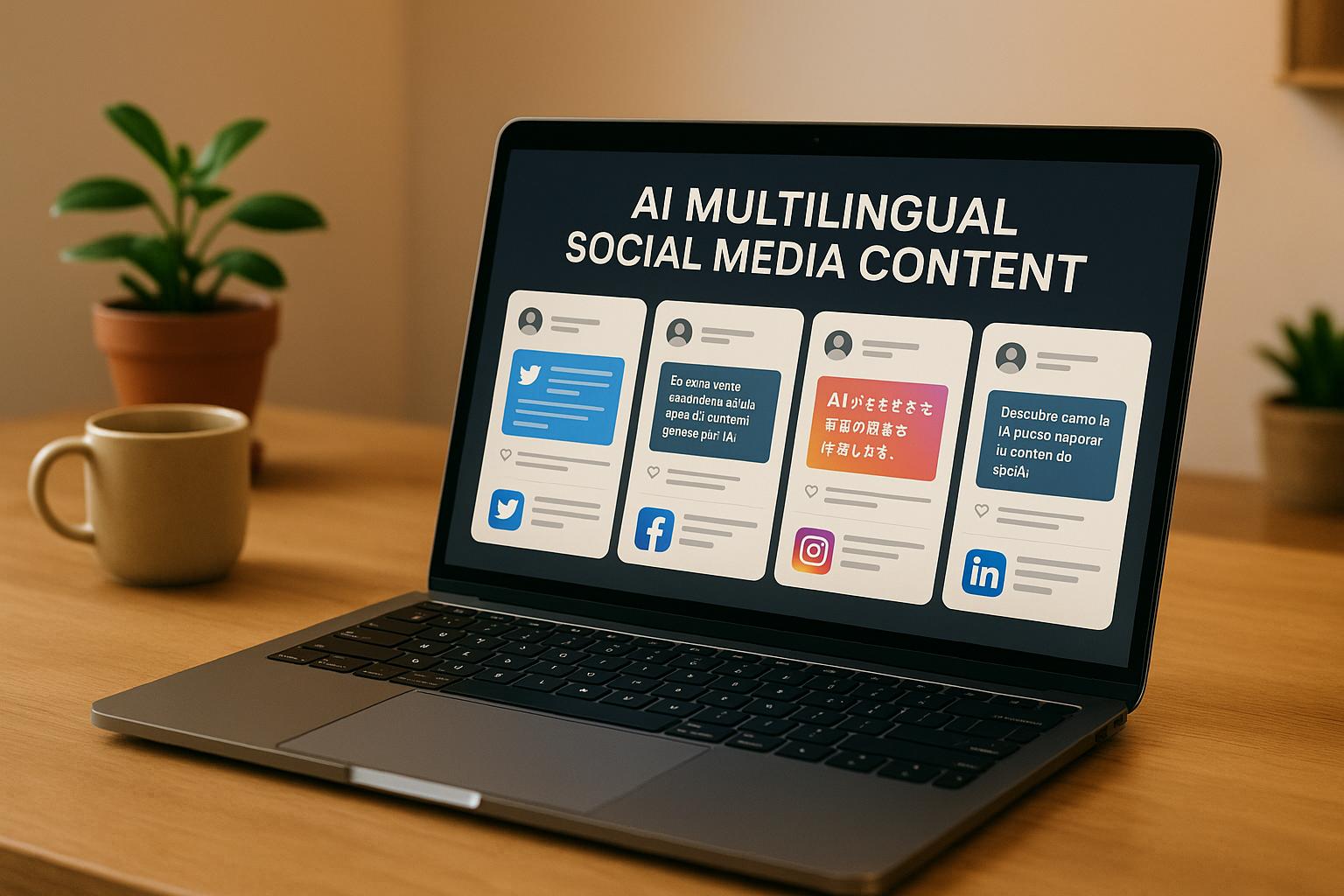Documentaries have the power to change hearts, minds, and societies. At My Rich Brand, we’ve witnessed firsthand how compelling storytelling can spark movements and drive real-world change.
Documentary impact: social change through storytelling is more than just a concept – it’s a proven force for transformation. In this post, we’ll explore how filmmakers can maximize their impact and create lasting change through their work.
How Documentaries Drive Social Change
Emotional Resonance: The Heart of Impact
Documentaries excel at creating emotional connections with viewers. These films make abstract issues tangible and relatable by presenting real people and their stories. The documentary “Blackfish” (2013) exposed the treatment of orcas in captivity, which sparked widespread public outrage. This emotional response led to significant policy changes and a dramatic shift in public perception of marine parks.
Illuminating Critical Issues
One of the most potent aspects of documentaries is their ability to bring hidden or overlooked issues to the forefront of public consciousness. “An Inconvenient Truth” (2006) played a key role in mainstreaming the climate change conversation. It reached millions of viewers and influenced policy discussions worldwide.
Inspiring Action
The true measure of a documentary’s impact lies in its ability to inspire action. “The Cove” (2009) not only raised awareness about dolphin hunting in Japan but also mobilized a global movement. This led to diplomatic pressure, changes in fishing practices, and increased protection for marine mammals.

To maximize impact, filmmakers should consider partnering with advocacy groups and provide clear pathways for viewer engagement. This could include links to petitions, suggestions for local organizations to support, or educational resources for further learning.
Amplifying Marginalized Voices
Documentaries offer a platform for underrepresented communities to share their experiences. “An Inconvenient Truth” is a prime example of the profound impact that famous documentary films can have on society by raising awareness about critical issues.
Documentaries that give voice to marginalized communities can challenge prevailing narratives and foster empathy and understanding among diverse audiences.
Blending Narrative and Facts
Effective documentary storytelling combines compelling narratives with factual information, creating a powerful blend that educates and motivates. These films have the potential to be more than just movies – they can become movements.
As we explore the strategies for maximizing documentary impact, it’s clear that the power of these films extends far beyond the screen. The next section will discuss how filmmakers can harness this potential to create lasting change.
How to Amplify Your Documentary’s Impact
Target Your Audience Precisely
Know your audience inside and out. Use data analytics to understand who will most likely engage with your film’s message. The documentary “The Social Dilemma” targeted tech-savvy millennials and Gen Z viewers, prompting many to rethink their use of social platforms.

Tailor your distribution strategy to reach these key demographics. Consider non-traditional venues like community centers, schools, or even corporate settings if they align with your film’s message. “Food, Inc.” screened at universities and food policy conferences, expanding its influence beyond typical moviegoers.
Forge Strategic Partnerships
Team up with organizations already working on the issues your film addresses. These partnerships can provide credibility, resources, and a built-in audience. “An Inconvenient Truth” partnered with environmental groups, which led to over 1,000 trained presenters delivering the film’s message to communities worldwide.
Collaborate with activists and experts featured in your film. They can become powerful advocates, speaking at screenings and engaging with audiences directly. The team behind “The Cove” worked closely with dolphin activists, amplifying their message and driving real-world change.
Harness the Power of Social Media
Create a robust social media strategy before your film’s release. Platforms like Twitter and Instagram can build buzz and foster community around your documentary’s themes. “Blackfish” used Twitter to rally support, with hashtags like ‘#Blackfish’ and ‘#EmptyTheTanks’ spreading rapidly on the platform.
Develop shareable content related to your film’s message. Infographics, short clips, and behind-the-scenes footage can keep audiences engaged long after viewing. The “Kony 2012” documentary’s viral video garnered over 100 million views in just six days, demonstrating the potential of social media for documentary impact.
Leverage AI-Enhanced Marketing
In today’s digital landscape, AI-powered marketing tools can significantly boost your documentary’s reach and impact. AI can help you analyze audience data, optimize content distribution, and personalize marketing messages. (My Rich Brand offers AI-enhanced copywriting and content marketing services that can elevate your documentary’s promotional strategy.)
Measure and Adapt
Track your documentary’s impact using various metrics (e.g., audience reach, social media engagement, policy changes). Use this data to refine your strategy and maximize long-term impact. The documentary “Gasland” tracked its influence on public discourse about fracking, which helped the filmmakers adapt their outreach efforts for maximum effect.
As we explore the power of strategic planning in amplifying documentary impact, it’s clear that filmmakers have a wide array of tools at their disposal. The next section will examine how to effectively measure and evaluate the real-world changes your documentary inspires.
How to Measure Documentary Impact
Set Clear, Measurable Goals
Before your documentary reaches the screen, define specific, measurable goals. These can range from audience reach targets to policy changes you hope to influence. The team behind “The Invisible War” set a goal to change how the U.S. military handles sexual assault cases. This clear objective allowed them to track progress and celebrate when their film contributed to the passing of the Military Justice Improvement Act.
Track Audience Engagement Metrics
Audience engagement extends beyond simple view counts. Use tools like Google Analytics to measure website traffic, time spent on pages related to your film, and download numbers for action guides or resources. Social media metrics such as shares, comments, and hashtag usage can indicate how your message spreads.
The documentary “Blackfish” had a significant impact on SeaWorld. By December 2014, attendance at San Diego SeaWorld dropped 17% compared with 2013, and shares had fallen 51% since the film’s release.
Conduct Surveys and Interviews
Surveys and interviews provide qualitative data on how your documentary affects individual viewers. Send out pre- and post-screening surveys to gauge changes in knowledge, attitudes, and intended behaviors. Follow up with viewers months later to assess long-term impact.

The team behind “Food, Inc.” conducted surveys that showed 84% of viewers changed their eating habits after watching the film. This data not only demonstrated impact but also helped secure funding for future projects.
Monitor Media Coverage and Policy Changes
Track media mentions, op-eds, and news stories related to your documentary’s topic. Use media monitoring tools to quantify the increase in coverage of your issue. Also, keep a close eye on policy discussions and legislative changes that align with your film’s goals.
“The Act of Killing” sparked a national conversation about historical atrocities in Indonesia, leading to over 500 articles in Indonesian media discussing the previously taboo topic of the 1965-66 massacres.
Measure Behavioral and Systemic Changes
The ultimate measure of impact is real-world change. This could be shifts in consumer behavior, corporate policies, or government actions. While these changes often take time (and can’t be attributed solely to your documentary), they’re important to track.
After the release of “The Cove,” several companies stopped selling dolphin meat, and some Japanese towns ceased dolphin hunting practices. These tangible outcomes demonstrated the film’s significant impact.
Impact measurement is an ongoing process. Try to reassess your metrics and adjust your strategy as needed. Effective measurement of documentary impact can demonstrate the power of your work and refine your approach for future projects, ensuring your films continue to drive meaningful social change.
Final Thoughts
Documentaries serve as powerful catalysts for social change, shifting perspectives and inspiring action through compelling storytelling. These films illuminate critical issues, amplify marginalized voices, and create emotional connections that motivate viewers to become agents of change. The impact of documentaries extends beyond the screen, influencing public discourse, policy decisions, and individual behaviors.

Strategic impact campaigns maximize a documentary’s potential to drive social change. Filmmakers can extend their reach and deepen their influence by targeting specific audiences, forging partnerships with relevant organizations, and leveraging social media platforms. Measuring this impact through clear metrics, audience engagement tracking, and long-term behavioral assessments helps understand the true scope of a documentary’s influence.
At My Rich Brand, we understand the power of documentary impact: social change through storytelling. Our AI-enhanced services can help documentary filmmakers amplify their message and reach wider audiences. We offer tailored solutions to boost your documentary’s impact, from crafting compelling narratives to developing targeted marketing strategies. We encourage filmmakers to approach their projects with clear goals, strategic partnerships, and a commitment to measuring real-world impact.





